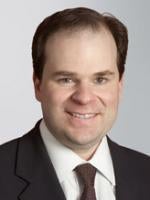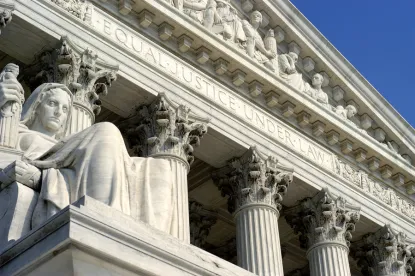The Supreme Court in the last several years has taken an activist approach to the area of patent law, granting certiorari in many more cases than in prior years and often reversing the Federal Circuit. If there was one theme running through those decisions, it is that the Court is trying to bring more certainty and predictability to patent litigation outcomes. One such decision was rendered yesterday. In Commil USA, LLC v. Cisco Systems, Inc., No. 13-896, the Court (Kennedy, J.) set bright-line rules on two issues relating to indirect infringement.
First, the Court reaffirmed and crystalized its Global-Tech Appliances, Inc. v. SEB S.A., 563 U. S. ___ (2011), decision from four years ago, holding that to support a claim for induced or contributory infringement, the patentee must prove that the inducer/contributor both knew of the patent and knew that the accused instrumentality infringed the patent. Slip op. at 6–9. This is a high bar, but a clear one. Interestingly, however, the Court in yesterday’s decision did not reference the “willful blindness” element of knowledge that figured so prominently in its Global-Tech decision.
Second, reversing the Federal Circuit, the Court found that a “good faith” belief in a patent’s invalidity is not a defense to a claim for indirect infringement. In other words, accused infringers (like Cisco in this case) can no longer avoid infringement by claiming they had a good faith belief that the asserted patent was invalid. Slip op. at 9–13.
Finally, although not directly relevant to its decision, the Court took the opportunity to comment on companies which “may use patents as a sword to go after defendants for money, even when their claims are frivolous.”Slip op. at 13. The Court noted that even though “[n]o issue of frivolity has been raised by the parties in this case, nor does it arise on the facts presented … it is still necessary and proper to stress that district courts have the authority and responsibility to ensure frivolous cases are dissuaded. If frivolous cases are filed in federal court, it is within the power of the court to sanction attorneys for bringing such suits. Fed. Rule Civ. Proc. 11. It is also within the district court’s discretion to award attorney’s fees to prevailing parties in ‘exceptional cases.’” Id. at 14 (citing 35 U. S. C. § 285 & Octane Fitness, LLC v. ICON Health & Fitness, Inc.,572 U.S. ___, ___–___ (2014) (slip op., at 7–8)).
Joining Justice Kennedy in the majority were Justices Ginsburg, Alito, Sotomayor, and Kagan. Justice Thomas joined only as to parts of the decision and Justice Breyer did not take part. Justice Scalia dissented, joined by Chief Justice Roberts, arguing that one simply cannot infringe an invalid patent.
As always, it remains to be seen how the Federal Circuit and lower courts apply yesterday’s holdings, but one thing is clear: the Court’s rulings help to value enforcement actions by creating additional certainty in advance.



 />i
/>i
